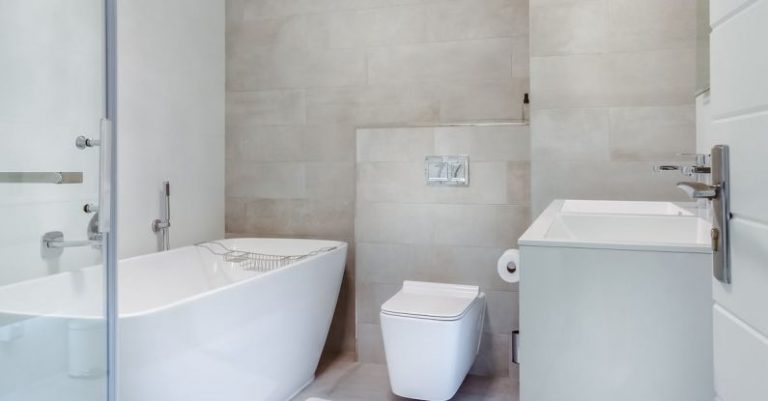How Do You Prepare for a Large Scale Painting Project?

Taking on a large-scale painting project can be a daunting task, but with proper preparation and planning, you can ensure a successful and efficient outcome. Whether you are painting a commercial building, a community mural, or your home’s exterior, having a clear strategy in place will help you navigate the project smoothly. From gathering the right materials to prepping the surfaces and executing the painting process, every step plays a crucial role in achieving a professional finish. Here’s how you can prepare for a large-scale painting project:
Research and Planning
Before diving into the painting project, it’s essential to conduct thorough research and planning. Start by identifying the scope of the project, including the size of the area to be painted, the type of surfaces involved, and any specific requirements or challenges you may encounter. Research different painting techniques, color schemes, and finishes that would best suit the project. Create a detailed timeline outlining the various stages of the painting process, from preparation to completion. Having a clear plan in place will help you stay organized and on track throughout the project.
Gather the Right Materials and Tools
The key to a successful painting project lies in using the right materials and tools. Make a list of all the supplies you will need, such as paints, primers, brushes, rollers, drop cloths, masking tape, and ladders. Ensure you have enough of each item to last throughout the project, as running out of supplies midway can disrupt the workflow. Invest in high-quality paints and tools to achieve a professional finish and to ensure the longevity of the paint job. Consider renting or purchasing specialized equipment for large-scale projects, such as spray guns or scaffolding, to expedite the painting process.
Prepare the Surfaces
Proper surface preparation is crucial for ensuring a smooth and long-lasting paint job. Begin by cleaning the surfaces to be painted, removing any dirt, dust, grease, or debris that could affect the adhesion of the paint. Repair any cracks, holes, or imperfections in the surfaces using spackling compound or caulk, and sand them down to create a uniform texture. Prime the surfaces to seal and protect them, providing a stable base for the paint to adhere to. Use painter’s tape to mask off areas that you don’t want to paint, such as trim, windows, or fixtures. Taking the time to prep the surfaces will result in a flawless finish and prolong the life of the paint job.
Implement Efficient Painting Techniques
When it comes to painting large areas, efficiency is key. Start by cutting in the edges and corners using a brush to create crisp lines and borders. Once the edges are done, use a roller to apply paint to the larger sections of the surface, working in small, manageable sections at a time. Apply paint in even strokes, overlapping each pass slightly to avoid streaks or roller marks. For larger areas, consider using a paint sprayer for faster and more consistent coverage. Work systematically from the top down, allowing each section to dry before moving on to the next to prevent smudges or drips. Monitor the weather conditions, as extreme temperatures or humidity can affect the drying time and quality of the paint job.
Maintain Quality Control and Clean-Up
Throughout the painting process, it’s essential to maintain quality control to ensure a professional finish. Regularly inspect the painted surfaces for any imperfections, drips, or missed spots, and touch them up as needed. Take breaks to step back and assess the overall progress and make any necessary adjustments. Once the painting is complete, allow sufficient time for the paint to dry and cure before removing masking tape or moving furniture back into place. Clean up the work area by removing drop cloths, cleaning brushes and rollers, and disposing of any leftover paint or materials responsibly. A clean and organized work environment will not only enhance the visual appeal of the finished project but also facilitate future maintenance and touch-ups.
In conclusion, preparing for a large-scale painting project requires careful planning, attention to detail, and the right tools and materials. By conducting research, gathering supplies, prepping surfaces, implementing efficient painting techniques, and maintaining quality control, you can achieve professional results and a durable paint job that will stand the test of time. With proper preparation and execution, you can turn your painting project into a rewarding and satisfying experience that enhances the aesthetics and value of the space.




